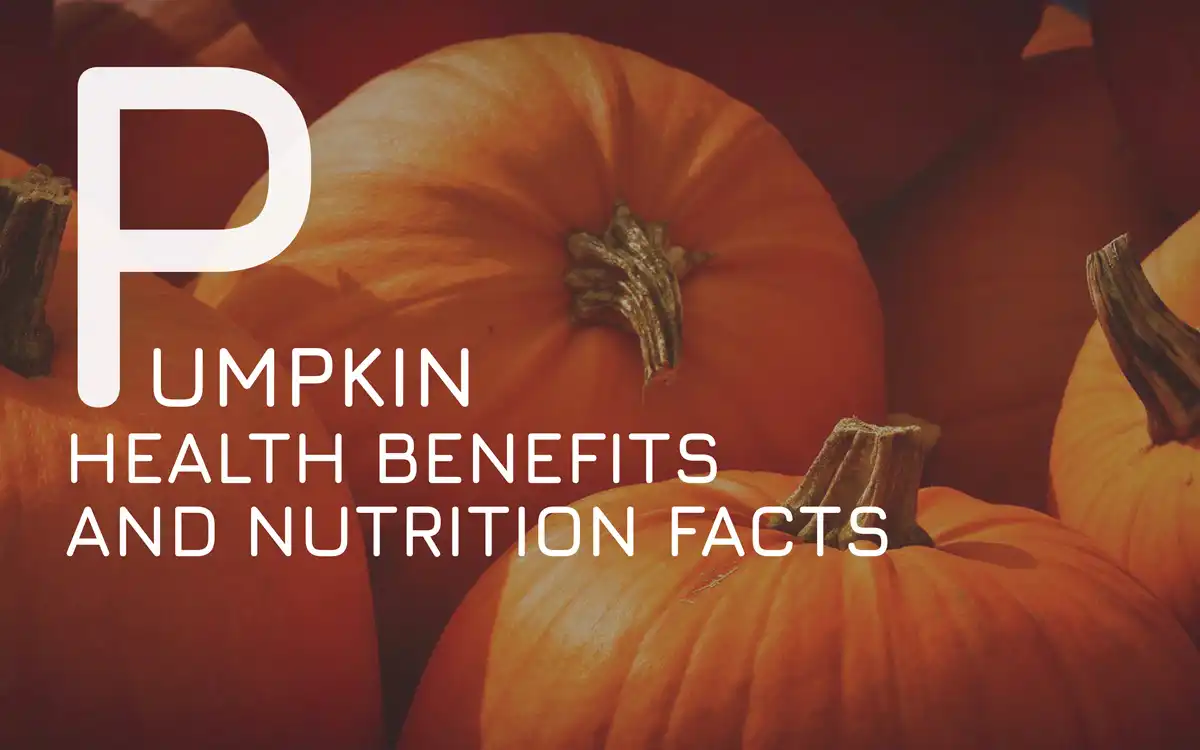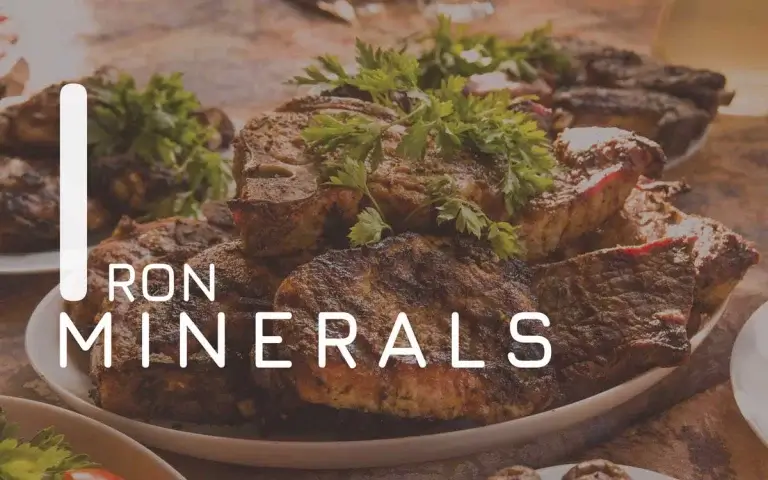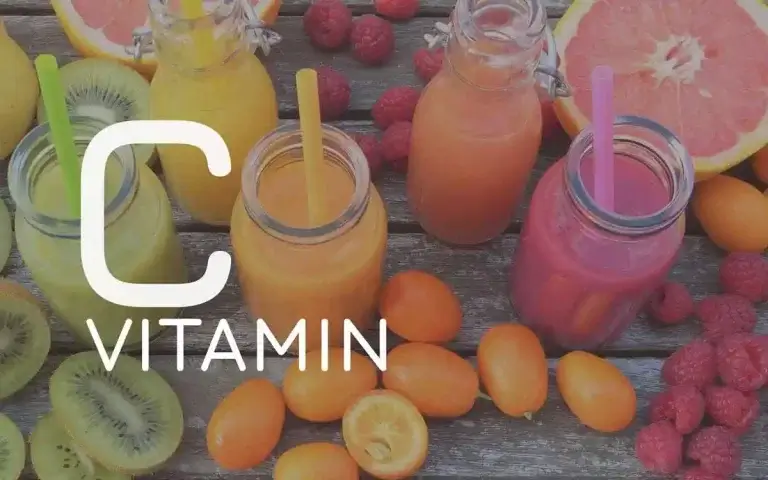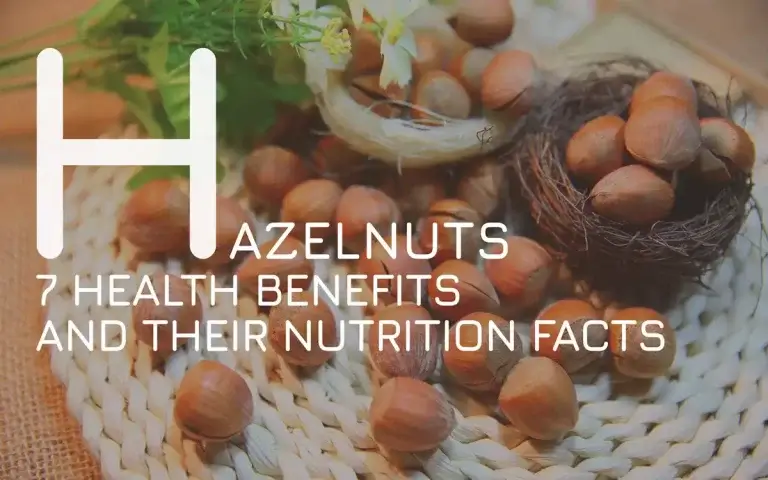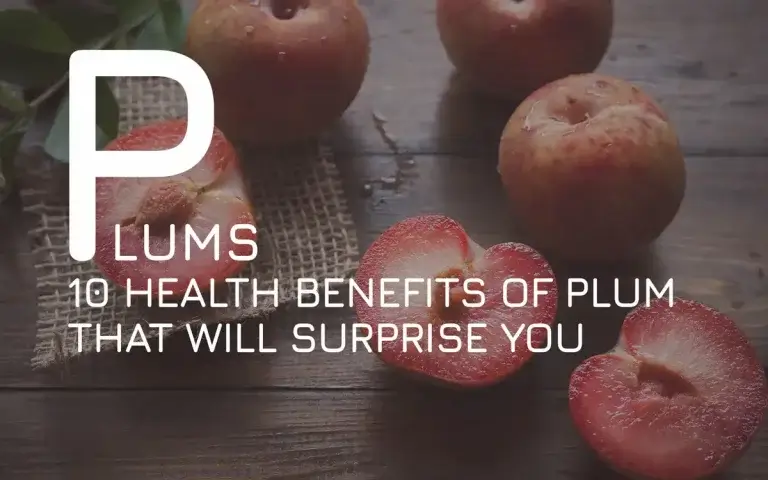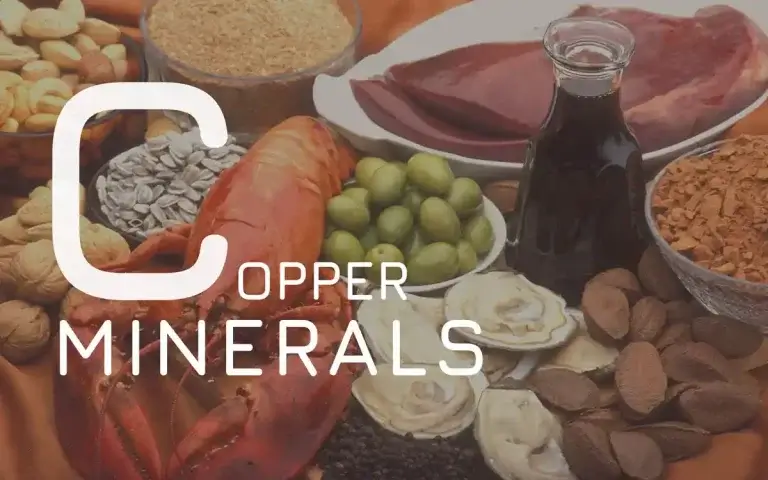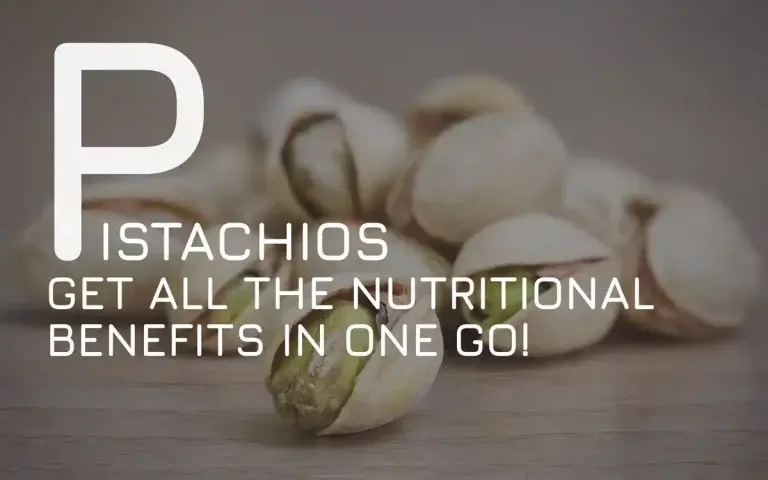Did you know these 6 Pumpkin Health Benefits?
Pumpkins are a type of winter squash that is popular around the world. Not only are they a key ingredient in many autumnal recipes, but they also offer a range of health benefits. Here is a closer look at some of the top pumpkin health benefits and nutrition facts.
Pumpkins are an excellent source of beta-carotene, which is converted into vitamin A in the body. Vitamin A is important for vision, immunity, and cell growth. Pumpkin seeds are also a good source of magnesium, zinc, and iron. In addition, pumpkins are low in calories and high in fiber, making them a great food for weight loss or weight management.
So, there you have it! Some of the top pumpkin health benefits and nutrition facts. Whether you enjoy them roasted, in soup, or as part of a dessert, make sure to add pumpkins to your diet this autumn. Your body will thank you for it!
What is a pumpkin?
It is a species of squash that is typically round, with smooth, slightly ribbed skin, and deep yellow to orange coloration. The thick shell contains the seeds and flesh of the pumpkin. The flesh is generally earthy and sweet, while the seeds can be roasted and used as a crunchy, nutritious snack.

It is a popular ingredient in autumnal dishes such as pumpkin pie and pumpkin soup. It is also used to make pumpkin spice lattes and other flavored coffees. It is a rich source of vitamins A and C, as well as fiber. It has numerous health benefits, including boosting immunity, preventing constipation, and aiding weight loss.
Pumpkins are native to North America and have been cultivated by Native Americans for centuries. Today, they are widely available in supermarkets and are often used as a carving material for jack-o-lanterns or as an ingredient in pies and other desserts. Additionally, pumpkin seeds are a popular source of protein and fiber, making them a healthy addition to any diet.
When it’s Best to harvest?
Their harvesting time depends on the variety of pumpkins, as well as the climate. The best time to harvest them is when the skin is hard and the stem is dry. You can test the hardness of the skin by pressing your fingernail into it—if the skin indentation remains, the pumpkin is not ready to be harvested.
To check the stem, simply lift up the pumpkin and look at the stem where it attaches to the vine. If it’s brown and dry, the pumpkin is ready to be picked. If it’s still green or moist, leave it on the vine a little longer. Finally, remember that pumpkins continue to ripen after they’re picked, so if you’re not sure whether a pumpkin is quite ready, err on the side of caution and harvest it anyway. It will continue to ripen off the vine.
How to recognize the best
While pumpkins are often thought of as being primarily used for carving jack-o-lanterns, they can also be a delicious and healthy addition to many fall dishes. However, not all pumpkins are created equal when it comes to culinary uses. For the best results, look for pumpkins that are small to medium in size and have a deep, rich color. Avoid pumpkins that are large and have a dull color, as these are more likely to be watery and tasteless. When preparing pumpkin dishes, be sure to use recipes that call for cooked pumpkin, as raw pumpkin is not only difficult to digest but can also give your food an unpleasant gritty texture. With a little effort, you can enjoy all the flavors of fall with none of the frustration.
Types of Pumpkin
There are many different types of pumpkin, each with its own unique characteristics. One of the most common types of pumpkin is the jack-o-lantern pumpkin, which is typically used for carving. These pumpkins are large and have a thick, hard shell. Another popular type of pumpkin is the pie pumpkin, which is smaller in size and has a sweeter flavor.
This type of pumpkin is often used for baking pies and other desserts. Other popular types of pumpkin include the Cinderella pumpkin, which is large and round, and the gourd pumpkin, which is long and slender. Pumpkins come in a variety of colors, including orange, white, and even green. No matter what type of pumpkin you choose, they are all fun to grow and make great decorations for your home.
Pumpkin nutrition facts
Pumpkins are a nutrient-rich food that can offer a range of health benefits. They are an excellent source of vitamin A, which is essential for vision and immune function. Pumpkins are also a good source of fiber, which can help to regulate digestion and prevent constipation. Additionally, pumpkins are low in calories and fat, making them a healthy addition to any diet.
100 grams of celery contain the following nutrients:
- 20 calories
- 4.9 grams carbohydrates
- 0.1 grams fat
- 1 grams protein
- 1.1 grams fiber
- 5760 IU Vitamin A (115% of RDI)
- 0.3 milligrams Vitamin B5 – pantothenic acid (9% of RDI)
- 4.7 milligrams Vitamin C (7% of RDI)
- 230 milligrams potassium (6% of RDI)
- 0.05 milligrams Vitamin B6 (6% of RDI)
- 0.1 milligrams Vitamin B2 – riboflavin (6% of RDI)
- 0.1 milligrams manganese (3% of RDI)
- 30 milligrams phosphorus (3% of RDI)
- 9 micrograms Vitamin B9 – folate (3% of RDI)
- 9 milligrams magnesium (2% of RDI)
- 0.8 milligrams vitamin E (2% of RDI)
- 0.4 milligrams Vitamin B3 – niacin (2% of RDI)
- 0.2 milligrams zinc (2% of RDI)
- 15 milligrams calcium (1.5% of RDI)
- 0.03 milligram Vitamin B1 – thiamin (1% of RDI)
- 0.8 micrograms Vitamin K (>1% of RDI)
- 1 milligrams Sodium (>1% of RDI)
- 0.2 micrograms Selenium (>1% of RDI)
- 0.01 milligrams copper (>1% of RDI)
- 0.1 milligrams iron (>1% of RDI)
- 2100 micrograms Carotene, beta
6 Pumpkin health benefits
Pumpkin is a nutrient-rich food that offers a variety of health benefits. The orange flesh of the pumpkin is an excellent source of beta-carotene, a precursor to vitamin A. Vitamin A is important for vision, immune function, and cell growth. Pumpkin is also a good source of other vitamins and minerals, including vitamin C, potassium, and manganese. In addition to its nutritional value, pumpkin has been shown to have various health benefits.
Studies have shown that eating pumpkin can help improve heart health, blood pressure, and metabolic health. Pumpkin is also a prebiotic food, which means it promotes the growth of healthy bacteria in the gut. The fiber and antioxidants in pumpkin also make it a valuable food for gut health. Overall, pumpkin is a nutritious and versatile food that offers many health benefits.
1. Improves bone and joint health
It has been shown to improve bone and joint health. One of the key nutrients in pumpkin is manganese, which helps defend against loss of bone density and fractures. Manganese also has some anti-inflammatory properties and plays a role in cognitive, metabolic and joint health.
Another mineral found in pumpkin is copper, which helps with the synthesis of enzymes and proteins that are involved in energy metabolism, DNA synthesis and respiration. Including pumpkin in your diet is an excellent way to obtain these essential nutrients and enjoy the delicious flavor of this popular fall fruit.
2. Protects from cancer and macular degeneration
Pumpkin benefits are plentiful, and one of the most noteworthy is that pumpkins are loaded with beta-carotene. Beta-carotene is an antioxidant that gives pumpkins their characteristic orange color. This substance has been linked with a reduced risk of some types of cancer, including colon and prostate cancer. Some studies have even concluded that high-beta-carotene diets can lower the risk of all-cause mortality.
Recent studies have shown that the benefit of pumpkin includes cancer prevention, protection against vision loss, and improved heart and neurological health. These effects are due to pumpkin’s high content of vitamin A and beta-carotene, which is a powerful antioxidant. Vitamin A has been shown to counteract oxidative stress and free radical damage, both of which can harm healthy cells and neurons.
In addition to this, there is evidence that suggests that consuming high levels of beta-carotene can offer protection against obesity and some of the risk factors for metabolic syndrome. So, not only are pumpkins a delicious fall treat, but they may also offer some impressive health benefits.
3. Includes many antioxidants that are good for our health
The high content of vitamins and minerals in pumpkins make them a nutritional powerhouse. They are an excellent source of Vitamin A and beta carotenes, which are essential for vision and skin health. Pumpkins are also a good source of Vitamin C, fibre, potassium and iron. This combination of nutrients makes pumpkins a food that can help boost immunity, protect against heart disease and promote healthy digestion. Additionally, the antioxidant properties of pumpkins may help to protect against some forms of cancer.
According to one analysis of pumpkin nutrition benefits, this squash includes several phyto-constituents from the palmitic, alkaloids, flavonoids, linoleic acids and oleic categories. With its anti-cancer, antibacterial, and anti-inflammatory qualities to name a few, this plant has a long list of medical benefits.
4. Boost the immune system and skin health
Pumpkins are an excellent source of vitamins C and E. Vitamin C is an important antioxidant that helps to protect cells from damage caused by free radicals. It also helps to boost the immune system, making it more effective at fighting off infection.
Vitamin E is another important antioxidant that helps to protect cells from damage. It also helps to improve circulation and to keep the skin healthy. Both of these vitamins are essential for good health, and pumpkins are a great way to get them into your diet.
5. Improves metabolic and gut health
A recent study has shown that eating a diet rich in plant foods, especially those high in antioxidants and fiber, helps decrease the risk of a number of chronic diseases. Pumpkin is a perfect example of a food that is high in both antioxidants and fiber. Fiber aids in gut health by promoting elimination and preventing constipation.
It is also consumed by healthy probiotic bacteria in the gut, helping to increase their population while managing blood levels. Another advantage of eating a high-fiber diet is that it helps you feel fuller, which can assist you in controlling your calorie intake and potentially reducing weight. So, if you’re looking for food that can help improve your overall health, pumpkin is a great option!
6. Helps with blood pressure and heart regulation
It is a good source of fiber and antioxidants, both of which can help to reduce LDL cholesterol levels and improve heart health. Additionally, the potassium in pumpkin can help to regulate blood pressure. For these reasons, adding pumpkins to your diet could be a helpful way to improve your heart health and reduce your risk of cardiovascular disease. So next time you’re planning a fall feast, be sure to include this humble but nutritious fruit.
It also provides a good amount of daily potassium needs that many people don’t get enough of in their diets, since it’s mostly found in vegetables and fruits like bananas, avocados, squash, and potatoes. While most people consume enough sodium, they frequently fall short on potassium. This imbalance can lead to health problems such as high blood pressure, heart disease, and stroke.
Consuming plenty of potassium offers benefits such as lowering the risk of these conditions. It counteracts the effects of sodium in your diet, helping to prevent hypertension. Pumpkin also provides other nutrients that promote cardiovascular health like fiber and vitamin C; these two factors work together to keep your cholesterol levels on track while protecting against oxidative stress caused by free radicals. For those who are looking to improve their health, increasing their intake of potassium-rich foods is a great place to start. Pumpkins make a delicious and nutritious addition to any meal plan.
How to use it in recipes
Pumpkins can be cooked in a variety of ways, including baking, roasting, and steaming. For the best nutritional benefits, choose recipes that use the whole pumpkin, including the seeds and flesh.
Here are some recipes for dishes that highlight the versatility of pumpkin.
Pumpkin Soup: This soup is a great way to use up leftover pumpkin puree. Simply combine the pumpkin puree with chicken or vegetable broth, diced onion, and garlic. Season with salt, pepper, and your favorite herbs. If you want a creamier soup, you can stir in some milk or cream. For a heartier soup, add some diced potatoes or rice. Pumpkin soup can be served hot or cold; garnish with croutons, chopped bacon, or shredded cheese before serving.
Pumpkin Gnocchi: This dish is a fun twist on traditional potato gnocchi. To make pumpkin gnocchi, combine cooked pumpkin puree with flour, egg, salt, and pepper. Mix until well combined, then shape into small balls. Boil the gnocchi for a few minutes until they float to the surface. Serve with your favorite sauce; pesto or brown butter are both great choices.

Pumpkin bread: This quick bread is a great way to use up leftover pumpkin puree. Simply combine the pumpkin puree with eggs, sugar, oil, and flour. Add spices like cinnamon, nutmeg, and ginger to taste. Bake the bread in a loaf pan for about an hour. pumpkin bread is best served warm, with a pat of butter.
Pumpkin Seeds: These nutritious seeds can be roasted and eaten as a snack. To roast pumpkin seeds, simply combine them with oil and salt. Spread the seeds on a baking sheet and bake at a low temperature until they are crispy. pumpkin seeds can also be used to make pesto or added to granola for extra crunch.
Health risks of eating pumpkin
Some people may be allergic to pumpkins and experience itchiness, swelling, or difficulty breathing after consuming the vegetable. If you have a squash allergy, it’s best to avoid eating pumpkin. To avoid this problem, start with small portions of pumpkin and gradually increase your intake as your digestive system adjusts.
Finally, pumpkin seeds are a choking hazard for young children. If you have young kids at home, make sure to remove the seeds before serving them pumpkin-based foods. While pumpkin is generally safe to eat, it’s important to be aware of these potential risks before adding it to your diet.
Final thoughts
In conclusion, pumpkins offer a variety of health benefits due to their nutrient profile. They are an excellent source of vitamins A and C, as well as potassium and fiber. Additionally, pumpkin seeds are a good source of magnesium, zinc, and iron. So, whether you enjoy them in a pumpkin spice latte or roasted with some sea salt, make sure to add this fall favorite into your diet.Your health will thank you!
FAQs
By NutriWins team

